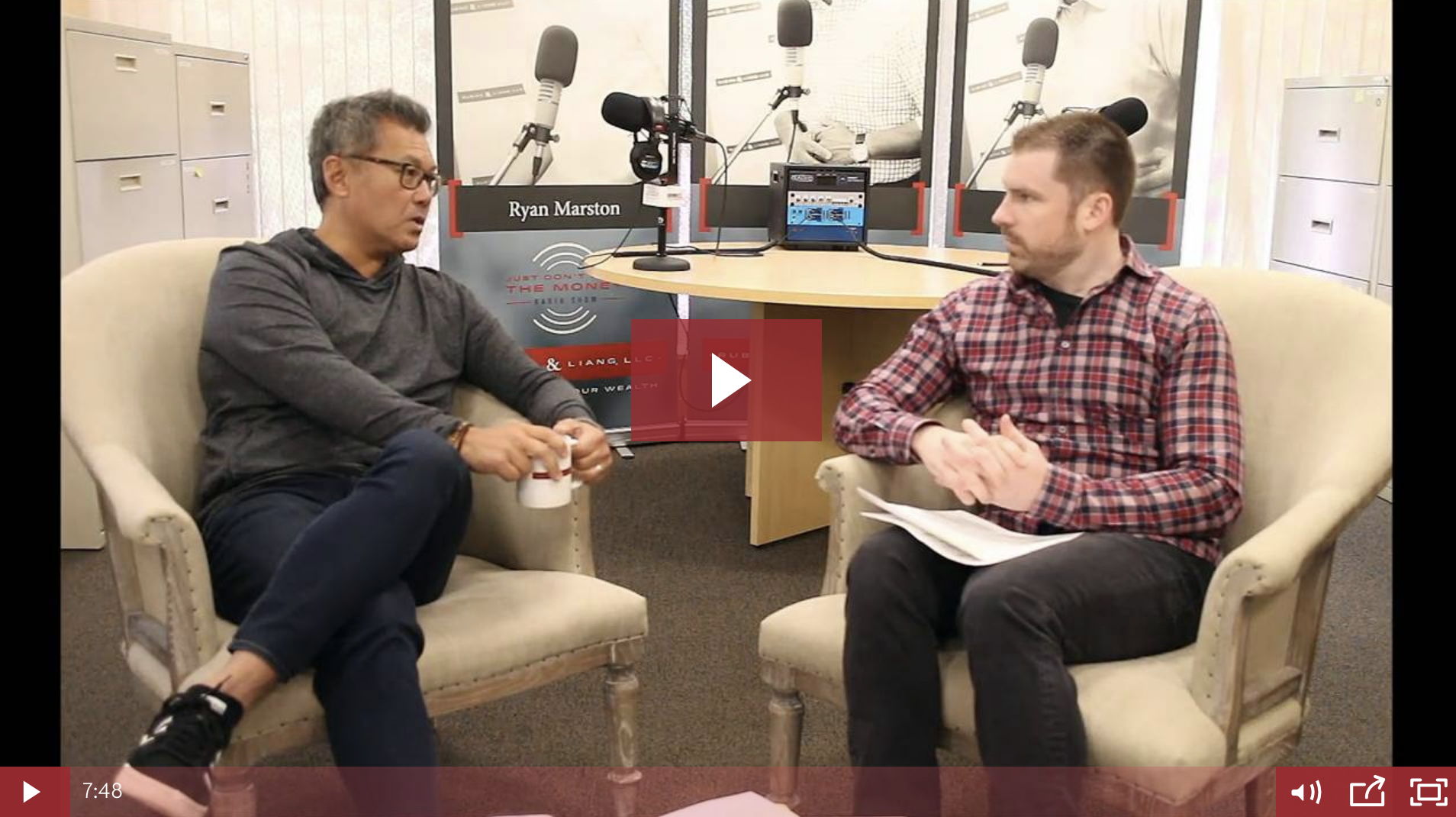Old 401k Options & The Pros/Cons Of Each
When you change employers or enter retirement, you likely have four choices of what to do with your...
By: RL Wealth Partners Apr 29, 2019 12:40:20 PM

To kick off the video series, Adam and Sam sit down to discuss a question that Rubino & Liang Wealth Partners blog subscriber Rich submitted to the show:
"I am recently retired, have a pension and a 457b, is now a good time to start a Roth conversion of the 457 with the tax rates the way they are?"
In the video Sam and Adam discuss details, but highlights include:
Typically, there are two scenarios in how you'll convert your account in to a Roth IRA: A indirect rollover conversion, or a trustee-to-trustee transfer. In both scenarios, you'll need to make sure you've created a Roth IRA account first, which you can do with almost any brokerage and a lot of banks today.
- If you can perform a trustee-to-trustee transfer, you'll call the current financial institution that has your assets and let them know where to transfer the amount that you'd like to rollover. They'll be able to help you through the rest of the process.
- If you need to perform an indirect rollover conversion, click here for more info. Once you've liquidated that tax-deferred account, you'll have 60 days to move that money in to a new account, or be subject to additional taxes and penalties.
When you change employers or enter retirement, you likely have four choices of what to do with your...
As global markets continue their roller coaster ride due to fears surrounding the coronavirus, our...